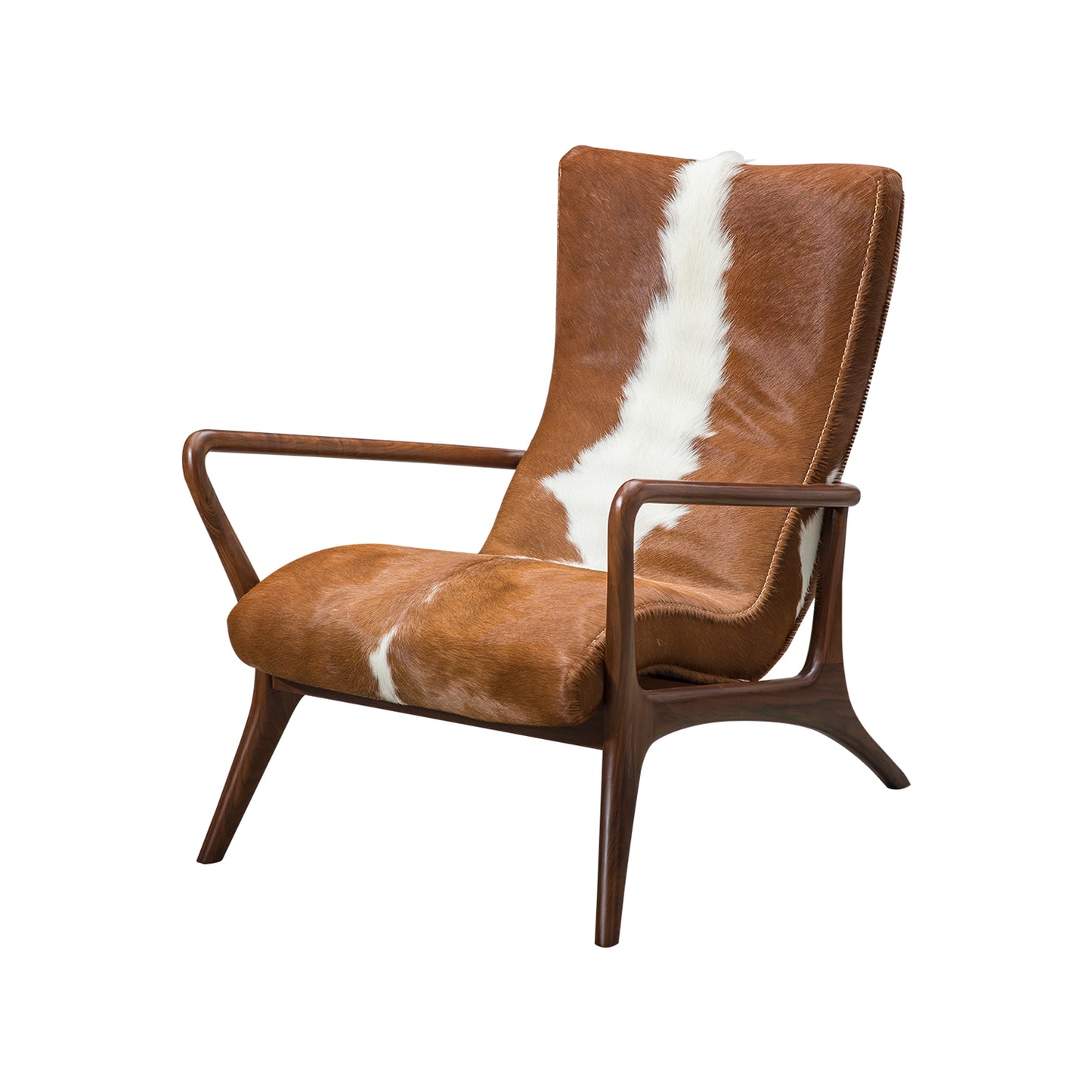The chair is more than just a piece of furniture; it is a symbol of comfort, status, and design innovation. Throughout history, the chair has evolved significantly, reflecting cultural shifts and technological advancements. This article delves into the rich history of the chair, examining its transformation from ancient thrones to modern masterpieces.

Ancient Origins of the Chair
The earliest known chairs date back to ancient Egypt, where they were often reserved for the elite. These thrones were crafted from wood and adorned with intricate carvings, serving as a status symbol for pharaohs. But what made these early chairs so special? Their design was not merely functional; it was a reflection of power and divine authority.
- Egyptian thrones were often elevated, symbolising the ruler's superiority.
- Materials used included precious woods and metals, showcasing wealth.
- Decorative elements often included hieroglyphics and gold leaf.
The Renaissance and the Rise of Comfort
During the Renaissance, the chair underwent a significant transformation. Craftsmen began to focus on comfort and aesthetics, leading to the creation of upholstered chairs. This period marked the introduction of various styles, including the iconic wingback chair and the baroque chair, which featured elaborate designs and rich fabrics.
How did these changes influence modern furniture design? The emphasis on comfort and style during this era laid the groundwork for contemporary chair designs. Today, we see a blend of historical influences and modern sensibilities in chair design.
Modern Innovations in Chair Design
In the 20th century, the chair evolved further with the advent of new materials and manufacturing techniques. Designers like Charles and Ray Eames revolutionised the industry with their use of moulded plywood and plastic, creating iconic pieces that are still celebrated today. The chair became a canvas for artistic expression, with designers experimenting with form and function.
- Introduction of ergonomic designs for enhanced comfort.
- Use of sustainable materials in response to environmental concerns.
- Integration of technology, such as adjustable features and smart chairs.
The Future of Chairs in Interior Design
As we look to the future, the chair continues to evolve. With the rise of remote work and changing lifestyles, the demand for versatile and stylish chairs has increased. Designers are now focusing on creating multifunctional pieces that cater to various needs.
For those interested in exploring a wide range of contemporary chairs, visit . Here, you will find an impressive selection that combines style, comfort, and innovation.
Conclusion
The chair has come a long way from its ancient origins. It has adapted to the needs and desires of society, reflecting changes in culture, technology, and lifestyle. As we continue to innovate, the chair will undoubtedly remain a central element of interior design, embodying both functionality and artistry.








